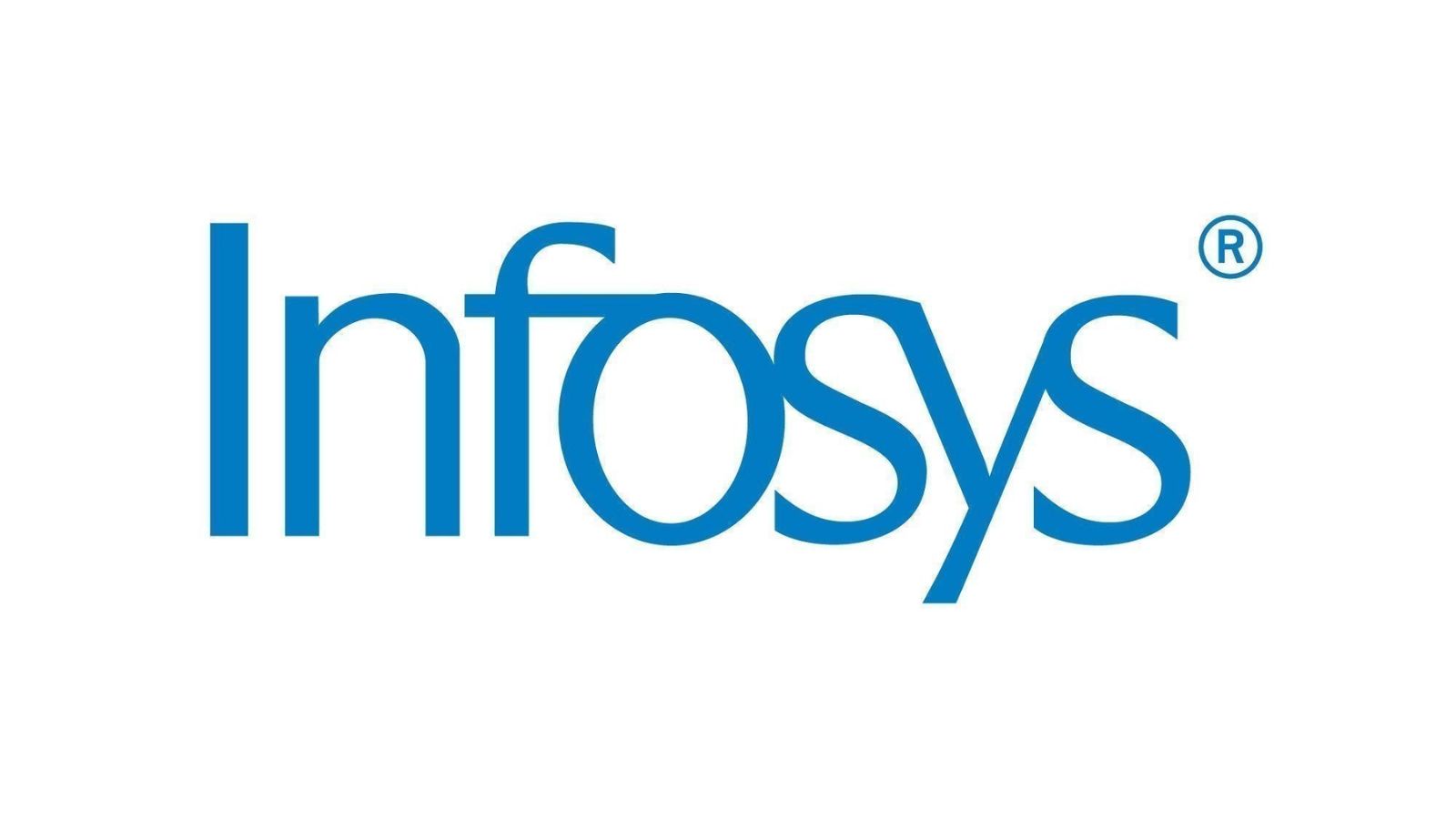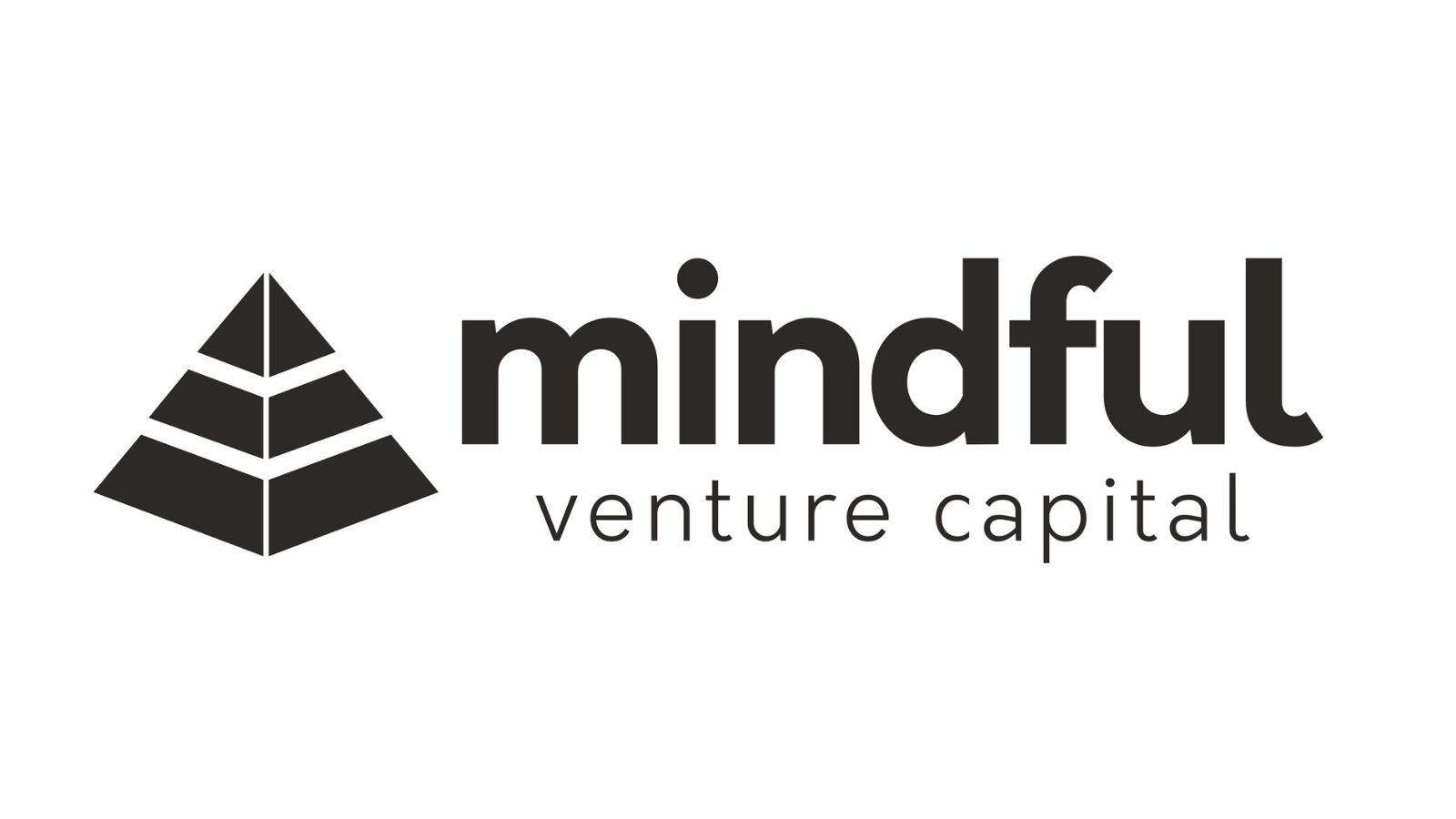In the field of computer vision, having access to high-quality datasets is crucial for developing and training accurate models. Open datasets provide researchers and developers with valuable resources to explore and innovate in the realm of computer vision. These datasets offer diverse collections of images and annotations that cover a wide range of visual recognition tasks. In this article, we will discuss ten open datasets that you can utilize for your computer vision projects.
Introduction
Computer vision is an interdisciplinary field that focuses on enabling computers to understand and interpret visual information from images or videos. It encompasses various applications, such as object detection, image classification, semantic segmentation, and facial recognition. To build robust computer vision models, researchers and developers rely on large-scale datasets that provide labeled examples for training and evaluation.
ImageNet
ImageNet is one of the most popular and widely used open datasets in computer vision. It consists of over 14 million labeled images spanning more than 20,000 categories. ImageNet has been instrumental in advancing the field through the ImageNet Large Scale Visual Recognition Challenge (ILSVRC), where researchers compete to build models that achieve high accuracy on object classification tasks.
COCO (Common Objects in Context)
COCO is a large-scale dataset that contains over 200,000 labeled images. It covers a wide range of object categories and provides detailed annotations, including object segmentation masks. COCO has become a benchmark dataset for various computer vision tasks, such as object detection, instance segmentation, and keypoint detection.
Open Images
Open Images is a vast collection of images with annotations, encompassing more than 9 million images across thousands of object classes. This dataset offers a diverse range of visual concepts and provides annotations at different levels of granularity. Open Images is a valuable resource for developing models that require a comprehensive understanding of visual scenes.
Pascal VOC (Visual Object Classes)
The Pascal VOC dataset is a widely used benchmark for object detection, segmentation, and classification tasks. It consists of annotated images from different real-world scenes, covering multiple object categories. The dataset provides detailed annotations, including object bounding boxes and segmentations, making it suitable for various computer vision applications.
SUN Database
The SUN Database is a large-scale scene recognition dataset that focuses on indoor scenes. It contains over 130,000 images across 908 scene categories. This dataset enables researchers to explore the challenges associated with scene understanding and develop models capable of recognizing different indoor environments.
LFW (Labeled Faces in the Wild)
Labeled Faces in the Wild (LFW) is a dataset specifically designed for face recognition tasks. It consists of over 13,000 labeled images of faces collected from the web. LFW has been widely used to evaluate and benchmark face recognition algorithms, making it a valuable resource for researchers working in this domain.
Cityscapes Dataset
The Cityscapes Dataset focuses on urban scene understanding and provides high-quality pixel-level annotations for different urban scenes. It contains a diverse set of images captured from street scenes, including annotations for semantic segmentation, instance segmentation, and depth estimation. The Cityscapes Dataset is particularly useful for developing models that operate in urban environments.
ADE20K
ADE20K is a dataset specifically designed for semantic segmentation tasks. It consists of over 20,000 images covering a wide range of scenes and object categories. The dataset provides pixel-level annotations for scene understanding, making it suitable for developing models that can accurately segment objects and regions in images.
KITTI Vision Benchmark Suite
The KITTI Vision Benchmark Suite focuses on autonomous driving and provides various datasets for different computer vision tasks related to autonomous vehicles. It includes datasets for tasks such as object detection, tracking, and road scene understanding. The KITTI dataset has been widely used to evaluate and benchmark algorithms for autonomous driving applications.
Conclusion
In conclusion, open datasets play a vital role in advancing computer vision research and development. The ten datasets discussed in this article provide a wealth of labeled images and annotations for training and evaluating computer vision models. By utilizing these datasets, researchers and developers can explore and innovate in the field of computer vision, enabling advancements in object recognition, scene understanding, and other visual perception tasks.









Leave a Reply